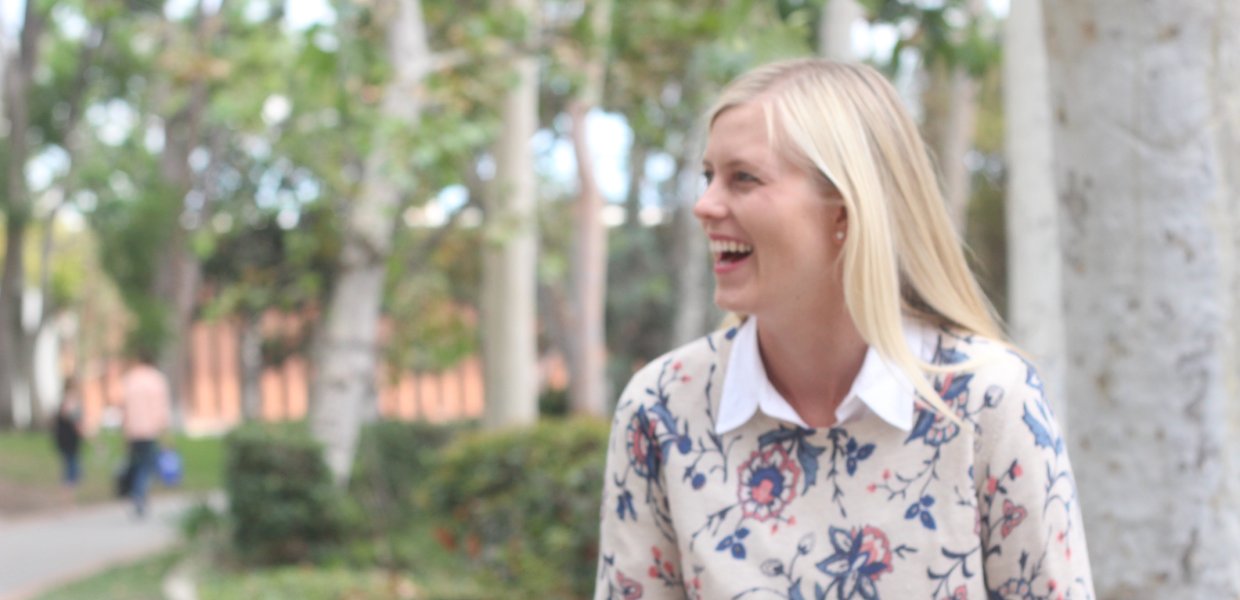When I first received a request to submit to Anennberg’s new blog, my immediate response was one that surprised me. I reverted back to my days as a student when receiving an assignment. I hurriedly typed in an email, “How many words does this require?” Embarrassingly, I even included a variation of, “Can you provide more clarification on the prompt?”
Although initially overwhelmed by this request to write a blog entry, I couldn’t help but laugh. The exercise was already a good way of relating to the new Communication Management students. That feeling of being overwhelmed, confused, excited, and yet very much wanting new and valuable information is one I see time and time again in my CMGT540 Uses of Communication Research students. Each fall Dr. Curtis and I guide approximately 150 new graduate students through the sometimes murky waters of APA style, plagiarism, statistics, and four important methodologies: focus groups, surveys, experiments, and content analysis.
While a student myself, I gravitated towards the scientific method because I perceived it to be clean and linear: you follow these clear steps to get an answer. After beginning to conduct my own research, first as a graduate student and then as a marketer, I quickly realized that very rarely is research straightforward. Still, once you learn to ask good research questions and build answers on the sound foundation of the work of the many smart people who came before you, you can see there is a process that can be applied to a wide range of topics, from testing academic theories to examining the usability of mobile applications.
Of course, it is difficult to know what questions you can ask before you understand how you can answer them. In other words, the tools in your belt at least partly dictate what problems you can tackle. While many students gravitate towards surveys, it is often the methods that are less well known – and usually more difficult to learn – that become the most useful in a student’s professional life. Last spring a student from the previous fall’s 540 class came into my office. She explained that her manager had asked her to take a look at the company’s Facebook page and report back on the emotions conveyed in reviews of the company’s services. While she had been reluctant to learn content analysis, she recognized fairly quickly that this tool was the very one she needed to answer this particular question. Using content analysis she was able to identify a relationship between the length of a Facebook comment and how positive or negative that review tended to be.
Communication students often go into this field specifically to avoid math and much to their chagrin they soon discover that SPSS – a statistical software – is a key component of CMGT540. Once they have a firm grasp of the strengths of the software, however, they begin to see that they are better equipped to answer many of the more interesting questions in the social sciences. Over my many years of teaching this course, I have heard from countless students that the knowledge of statistical tests were the key ingredients to their finding jobs and then excelling in their careers.
Now that this blog post is finished, I hope that I am feeling what my students feel after completing a research paper: proud of the accomplishment, excited to learn more, and most of all, capable and prepared to tackle other important and interesting questions.
DR. COURTNEY PADE
